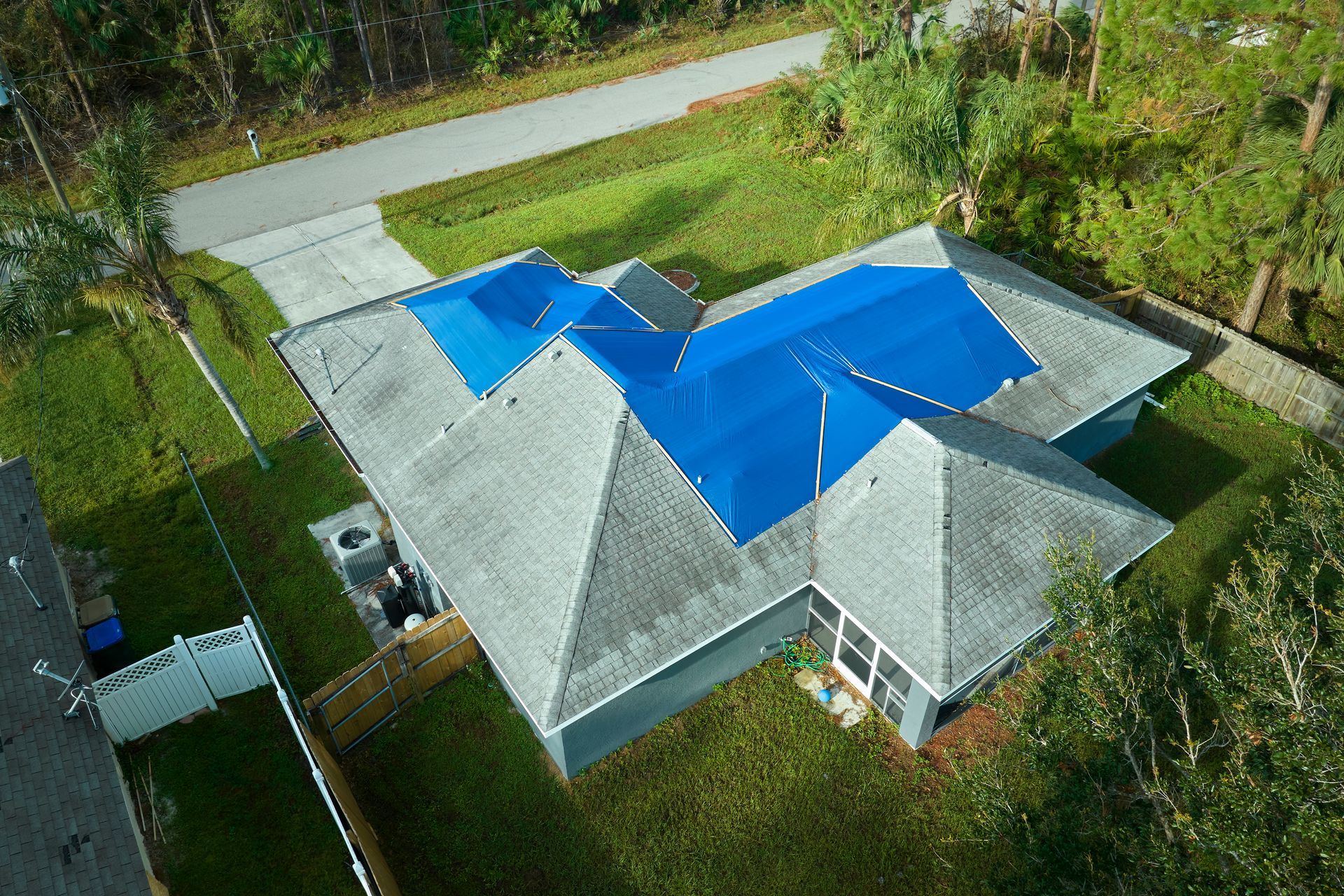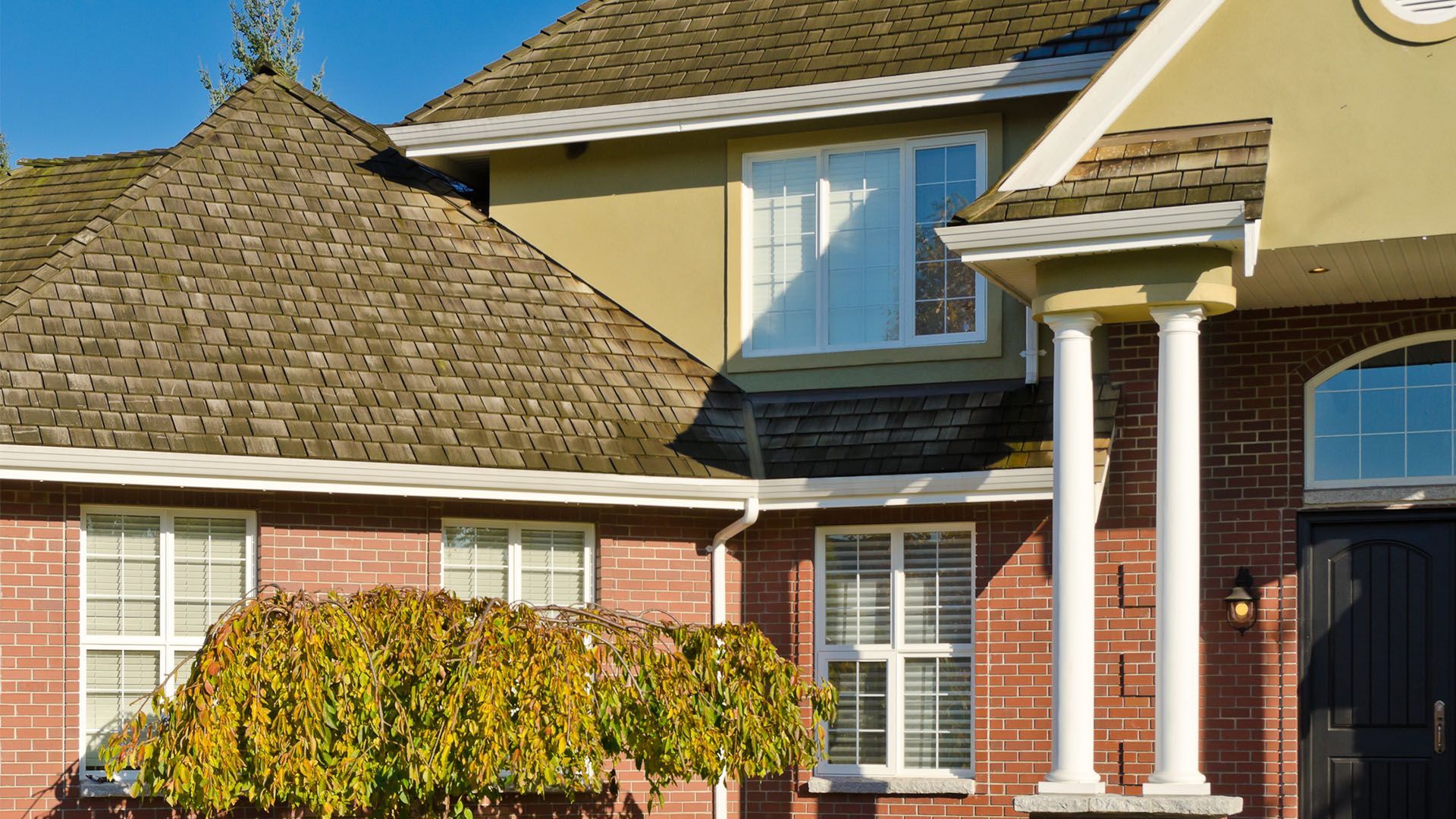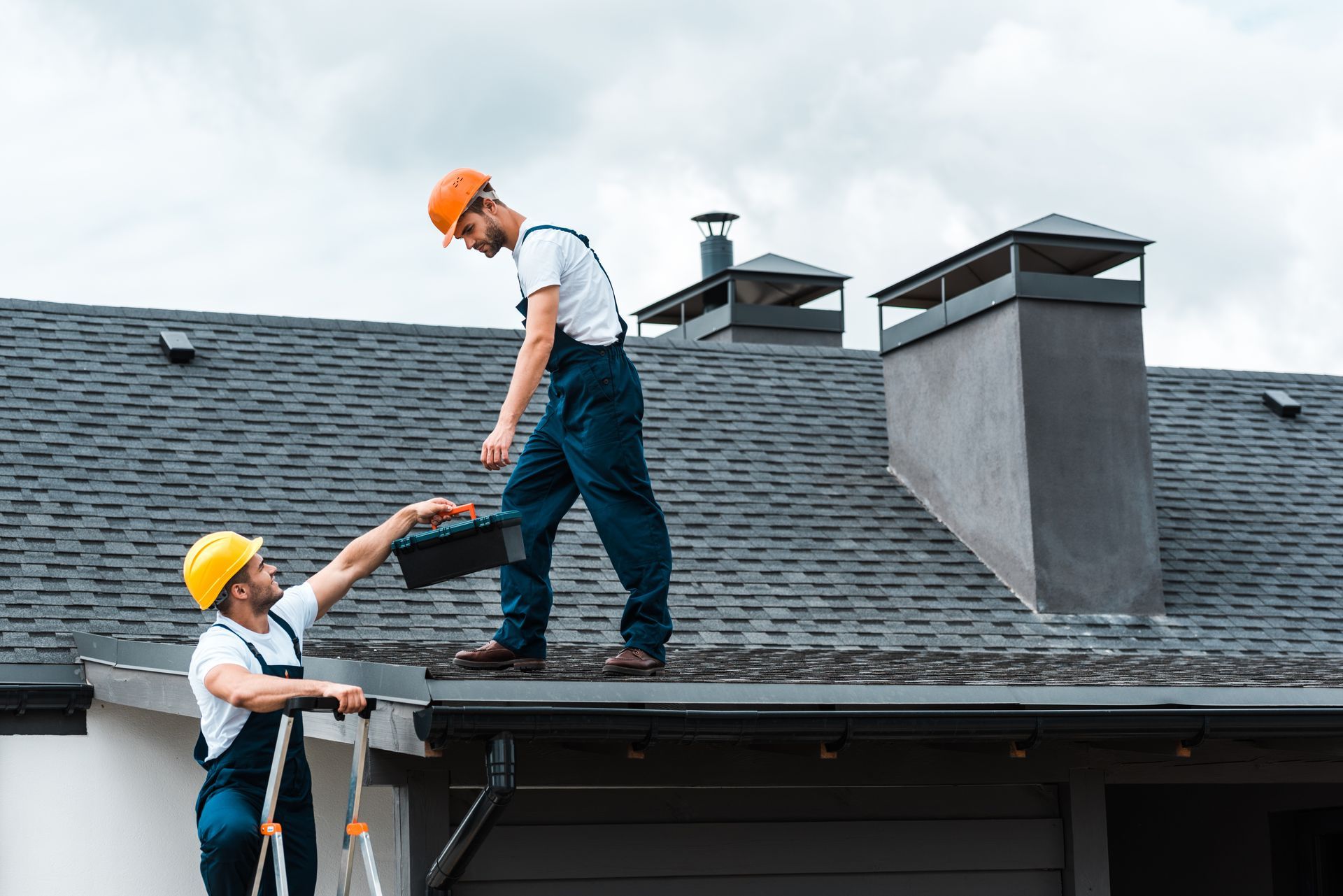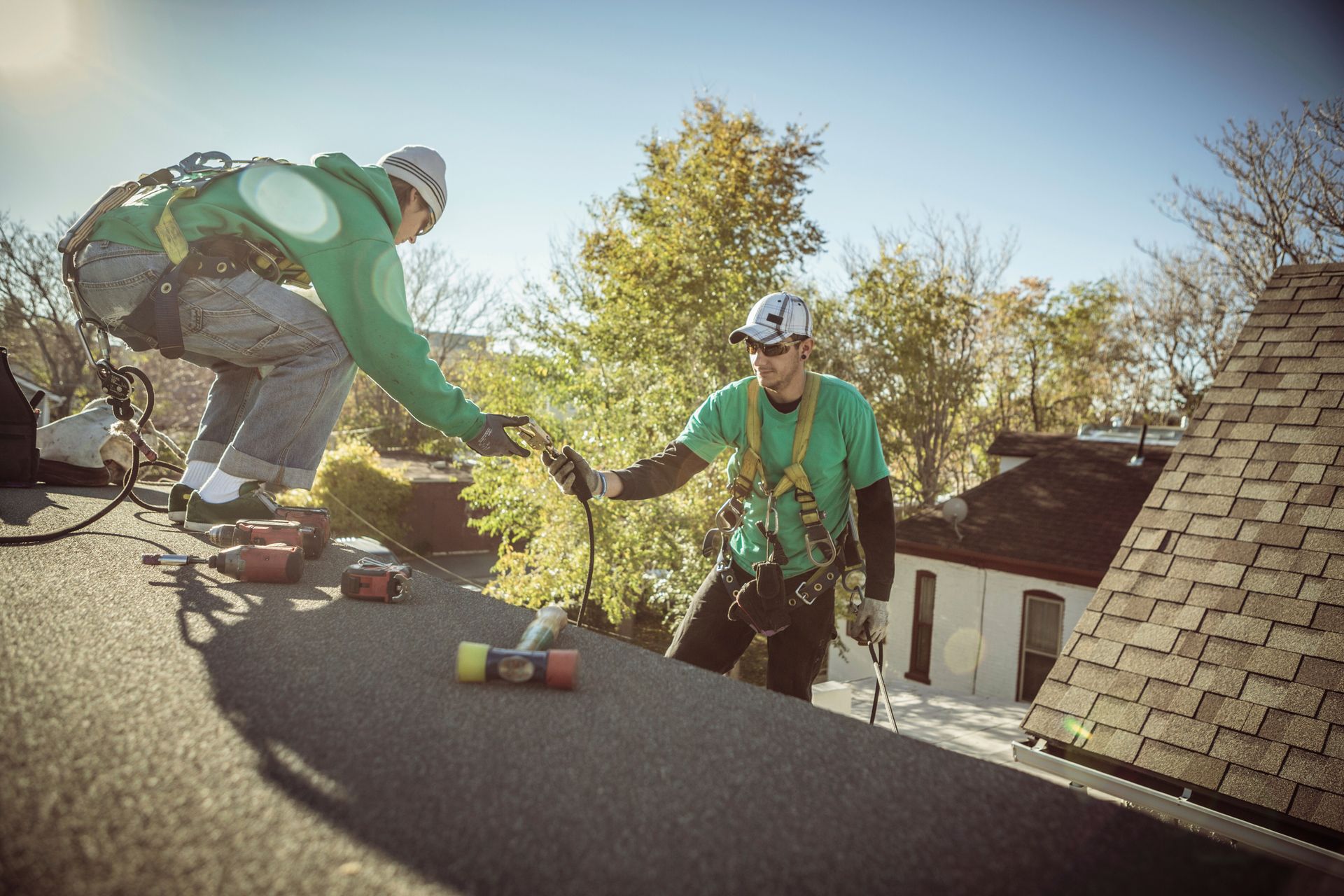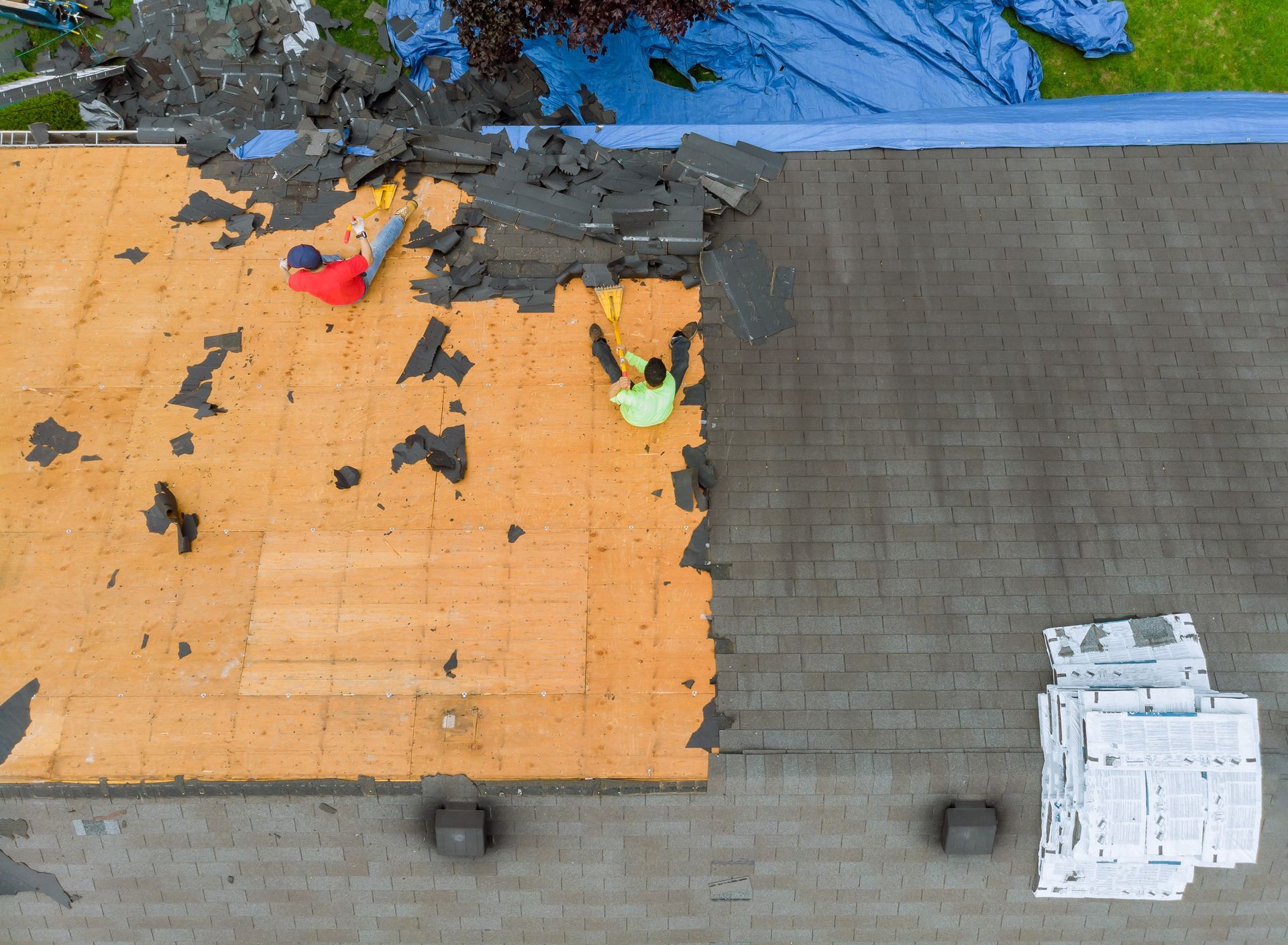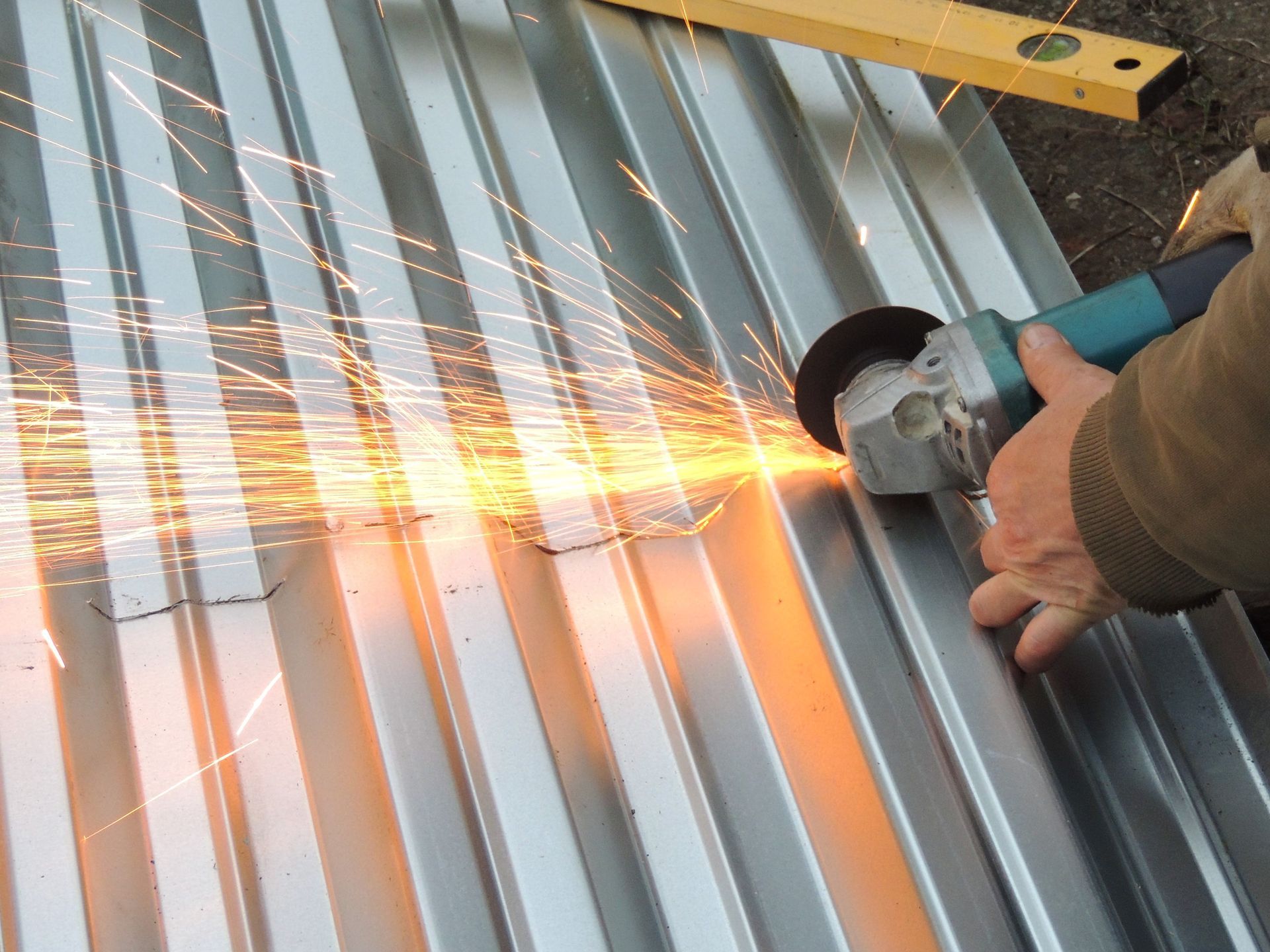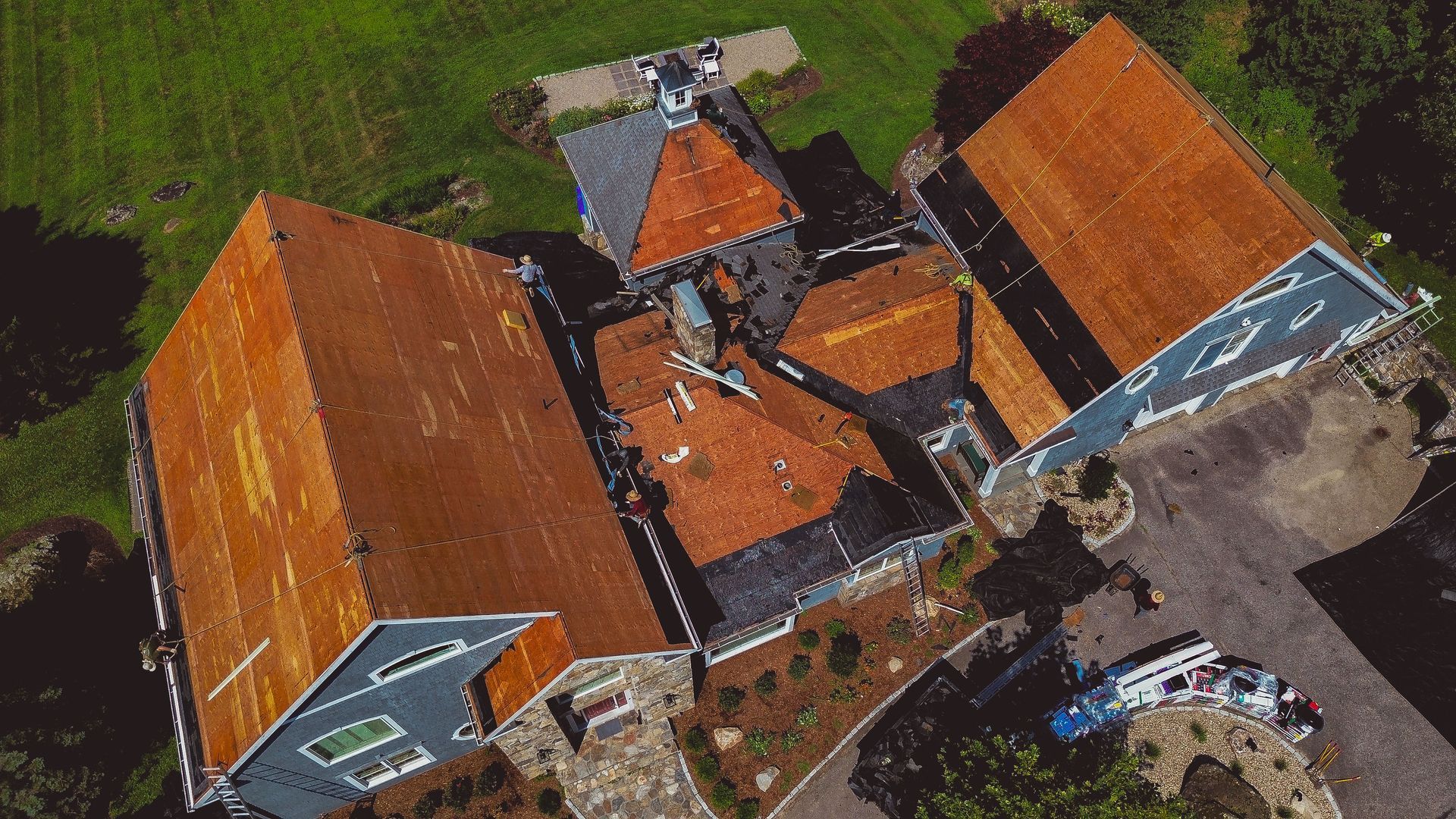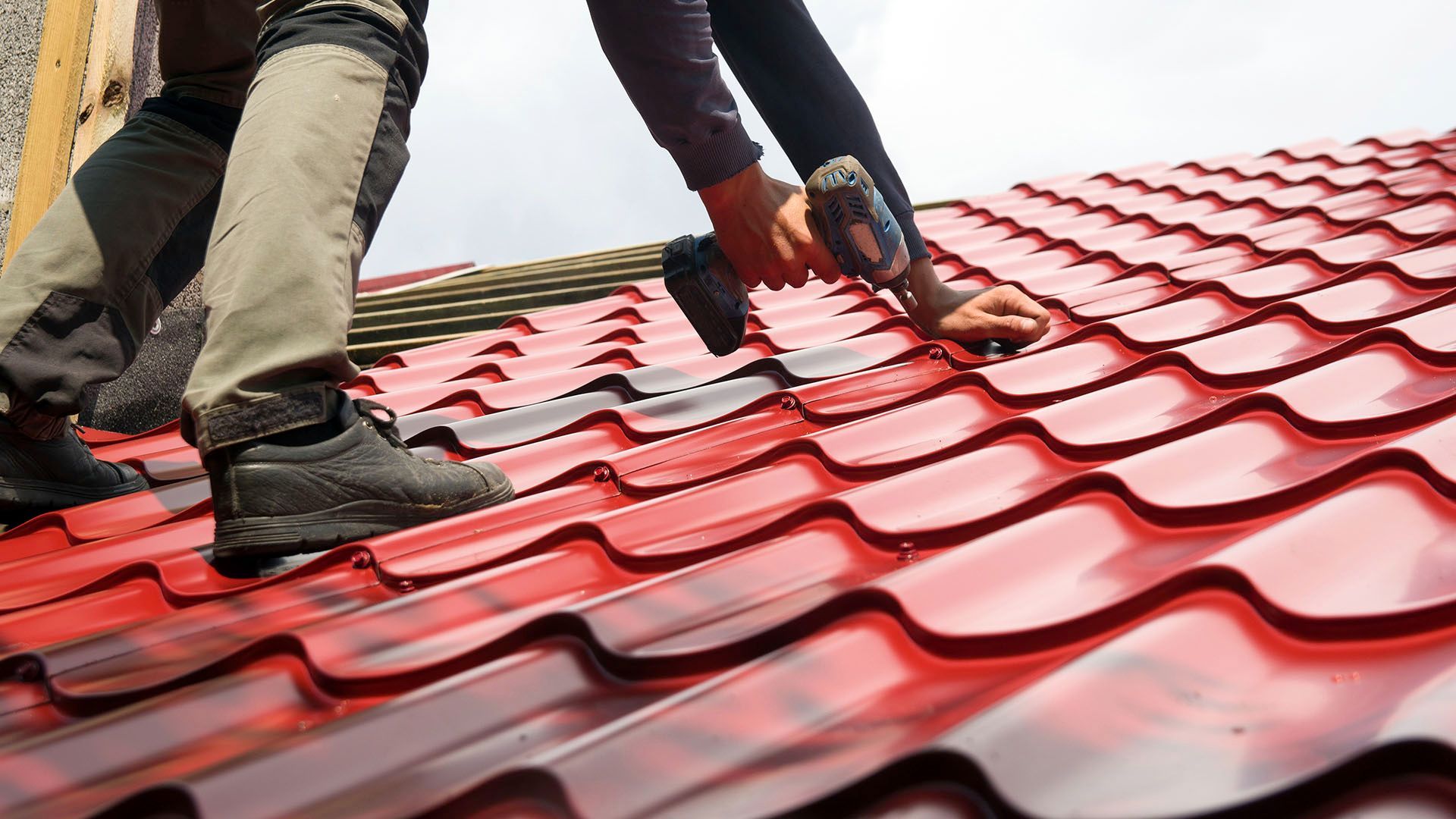What Kind of Roof Damage Is Covered by Insurance?

When your roof suffers unexpected damage, one of the first questions that comes to mind is, “Will my homeowner’s insurance cover this?” The answer depends on several factors—what caused the damage, what your policy includes, and the condition of your roof at the time of the incident.
In this post, we’ll break down what types of roof damage are typically covered by insurance, what’s not, and how to file a successful claim if you need to.
Understanding Covered vs. Uncovered Roof Damage
Insurance policies vary, but most fall into two categories:
- Named-Peril Policies: Cover only what’s specifically listed (e.g. fire, hail).
- Open-Peril (All-Risk) Policies: Cover everything unless it’s explicitly excluded.
Common covered events include:
- Wind and storm damage
- Hail impact
- Fire and smoke
- Falling objects (trees, debris)
- Vandalism
- Ice and snow weight
Common exclusions:
- Roof neglect or lack of maintenance
- Aging or wear and tear
- Cosmetic-only issues (e.g., color fading)
- Mold, algae, or slow-developing leaks
- Flood or earthquake damage (unless you purchased specific coverage)
Types of Roof Damage Typically Covered by Insurance
Here are common types of roof damage that insurance often covers—if the cause is sudden and accidental:
Storm & Wind Damage
Wind can rip off shingles, expose decking, or lift flashing—especially during major storms.
Hail Damage
Hail can dent metal roofing, crack shingles, or strip off protective granules.
Falling Trees or Debris
Damage from tree limbs or blown debris is typically covered—assuming the tree wasn’t dead or neglected.
Fire or Smoke
Most policies fully cover fire-related roof damage, including smoke or firefighting-related destruction.
Weight of Ice or Snow
If your roof caves in or suffers damage due to excess snow or ice, that’s generally covered.
Vandalism or Malicious Damage
Intentional destruction, including graffiti or physical harm to your roof, is usually covered.
Sudden Water Damage
If your home’s roof or attic is damaged due to burst pipes or other
sudden, accidental interior causes, this can qualify too.
What Insurance Usually Doesn’t Cover
Homeowner’s insurance is not a maintenance policy. Here are some exclusions:
- General wear and tear or aging roofs
- Damage due to neglect or lack of maintenance
- Minor cosmetic issues (that don’t affect function)
- Mold, algae, rot
- Damage from pests like squirrels or raccoons
- Flood or earthquake damage (requires separate policy)
How to Tell If Your Roof Damage Might Be Covered
Before calling your insurance company, assess the situation. Signs that damage might be covered include:
- Missing or lifted shingles after a storm
- Large branches or debris on the roof
- Granule loss in gutters
- Moisture stains or drips in attic or ceiling
- Dents in vents, flashing, or metal trim
- Evidence the damage occurred recently and wasn’t pre-existing
If the issue was
sudden and accidental, there’s a good chance you have a valid claim.
ACV vs. RCV: Know Your Policy Type
Your reimbursement amount depends on your policy structure:
- Actual Cash Value (ACV):
Pays out the depreciated value of your roof. Older roofs get less coverage. - Replacement Cost Value (RCV):
Pays the full cost to replace your roof, minus your deductible.
Knowing which you have is critical to understanding how much help you’ll get.
How to File a Roof Insurance Claim
- Review your policy
Understand your coverage limits, deductible, and whether you have ACV or RCV. - Document everything
Take clear photos of exterior and interior damage. Include timestamps if possible. - Schedule a professional inspection
Roofing contractors can provide a written damage report and repair estimate. - File the claim
Contact your insurer promptly and provide documentation. - Meet with the adjuster
Be present during the inspection or have your contractor join you. - Complete the repairs
After approval, have the roof repaired or replaced. Submit receipts and forms for any recoverable depreciation.
Tips to Maximize Your Roof Insurance Claim
- Act quickly after the damage occurs
- Maintain your roof year-round and keep records
- Take “before” photos to show pre-incident condition
- Understand your deductible—don’t be surprised
- Work with a
reputable, local contractor (avoid “storm chasers”)
- Don’t authorize repairs until the adjuster has inspected the roof
Conclusion
If your roof was damaged by a storm, hail, fire, or another sudden event, there’s a good chance your homeowner’s insurance will help cover the cost. But knowing what’s covered—and what’s not—is key to avoiding surprises.
When in doubt, call a trusted roofing company like
Carden Home Improvement. We’ll inspect your roof, help you understand your policy, and walk you through the insurance claim process step-by-step.
Frequently Asked Questions
What does insurance cover on roof damage?
Insurance typically covers roof damage caused by sudden, accidental events like storms, hail, wind, fire, or falling debris. Coverage depends on your policy type (ACV or RCV), the age of your roof, and the cause of the damage.
How do insurance adjusters determine roof damage?
Adjusters assess visible signs of damage such as missing shingles, dents from hail, water intrusion, or structural issues. They also evaluate the age and condition of your roof and confirm whether the cause of damage is covered by your policy.
Is it worth claiming roof damage on insurance?
Yes — if the cost of repairs significantly exceeds your deductible and the damage was caused by a covered event. However, it’s important to weigh the cost of repairs vs. the potential impact on your premiums.
What is considered roof damage?
Roof damage can include cracked or missing shingles, hail dents, torn flashing, sagging, roof leaks, and interior signs like ceiling stains or attic moisture. What’s covered depends on how the damage occurred.
What is the deductible for roof damage?
Your deductible is the amount you’re responsible for paying before insurance kicks in. It varies by policy, but many homeowners carry a flat-rate deductible or a percentage-based deductible for wind/hail damage.
